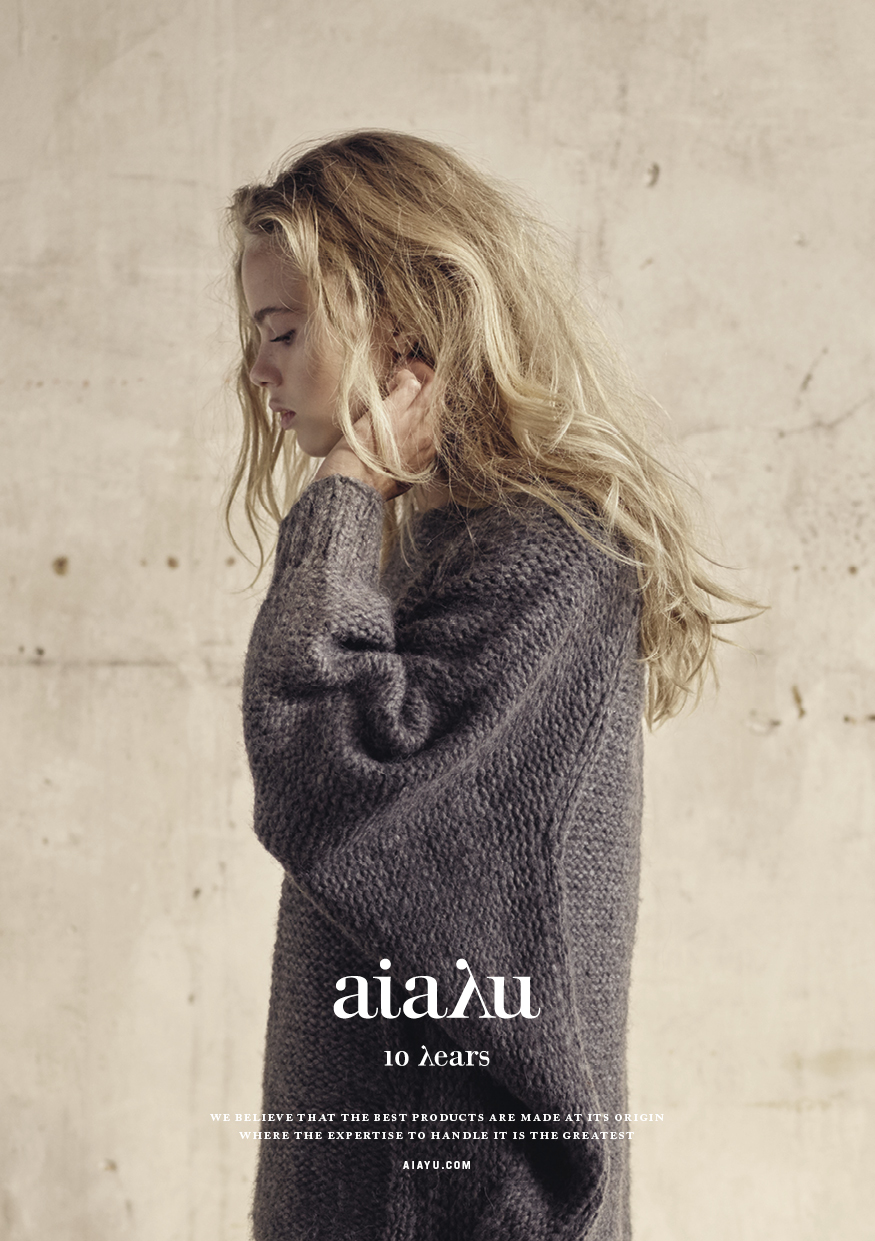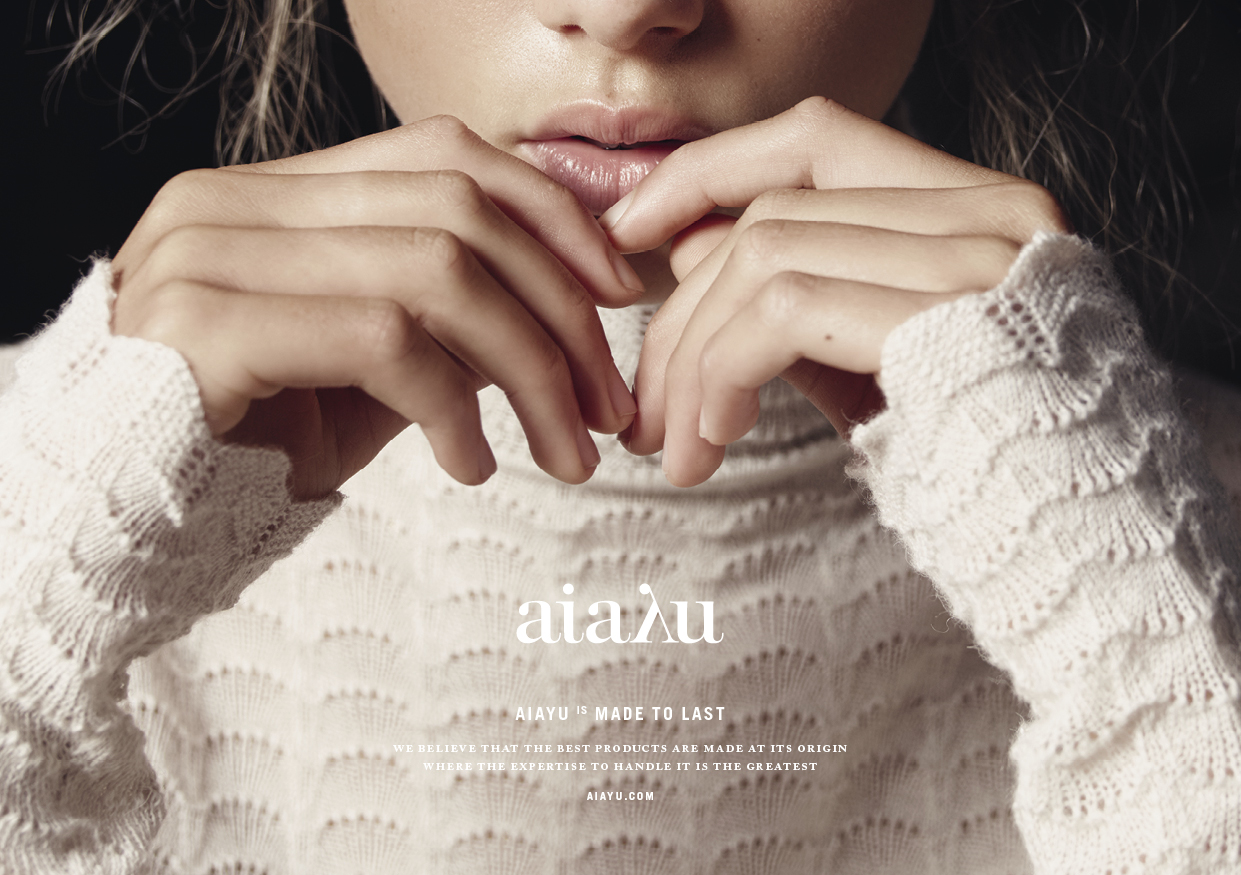The White Label Project is a Norwegian online concept store connecting clean-cut, sustainable luxury staples with affordable, honest prices. Savant spoke to Nicola, founder of The WLP, who calls people to be just a degree more mindful when it comes to their fashion purchases, without stripping away the glamorous side of shopping. Not all the luxury in the world has to come with an insurmountable price tag…
What are the key influences that formed The White Label Project?
The White Label started out as a project based on the concept of unbranded goods. We wanted to focus on classic staples that are of luxury quality, but which are not priced according to their brand positioning. [The aim is to offer] classic, clean-cut staples at honest prices. After moving from Shanghai to Norway, I realised that there were many women like me, who wanted key investment pieces, but cared more about the actual quality of the products than brand names. I knew a lot of people in manufacturing and step-by-step started calculating how to make luxury more affordable for everyone. Scandinavian simplicity will also always be a key influence crossed with feminine touches from my days in ballet.
Why is sustainability in fashion important now?
It is becoming harder to ignore the facts about the change in our climate and environment. We need to be considerate and conscious when it comes to our fashion purchases, instead of being mindless and materialistic. We must realise that the way we live our lives now affects the world and the future of our children.
“We continue to sweep under the rug the traumatic incidents and truths about manufacturing in Third World countries, and hide it behind all those big campaigns and glamour.”
From the viewpoint of you as an insider, who is the key audience for sustainable fashion?
I honestly would have to say young women. I think we now want the future generations to say, 'My mother taught me this..' or 'My mother did this…'. When women hold the majority in purchasing garments in the retail sector and for households, I think that is where we can pinpoint the right audience to educate. It has become quite clear that it will be these women and their choices in consumption that will be passed on to the next generation.
There are many projects connecting sustainability and something novel in fashion in the Scandinavian region. One could say it has become a wave on its own. What could be the reason behind that?
Scandinavia has always been ahead of the market when it comes to design and innovation. Personally, I feel that here in Norway people have a deep connection with nature. You don't see forests being destroyed or pollution taking over drastically. It seems like the natural and the artificial world co-exist in a balanced, peaceful way. So it only seems like a natural progression that Scandinavian designers and organisations would venture into sustainable fashion.
“I try to focus on [calling people to be] more minimal and mindful when purchasing clothes, instead of stripping away the glamorous side of fashion.”
What's the hardest part when it comes to promoting sustainable fashion? What could be done to make it more visible to the everyday consumer?
I think people have stereotyped sustainable fashion and therefore it is very difficult to change [the idea of it]. I find a lot of brands really marketing it the wrong way. I personally try to approach it in a very gentle and subtle way — I try to focus on [calling people to be] more minimal and mindful when purchasing clothes, instead of stripping away the glamorous side of fashion.
Do you agree that honest and ethically made fashion is still on the pricier side compared to its Fast Fashion sister. Why is that? Do you think this could change in the future?
Sustainable fashion will always be more expensive than fast fashion due to using high quality materials and fairly paid workers. Fast fashion companies in general are continually searching for new factories in the developing countries that can provide the low cost of labour. For example, China used to be considered cheap, but now it is well known for providing high-quality garments, too. I do often wonder, what will happen when all these developing countries become regulated. How will fast fashion brands maintain their prices? Bottom line, it won't be sustainable.
How would you evaluate your competitors in the realm of Scandinavian market?
I don't really have time to think about competition at this point. Instead, I like to focus on the direction that we are heading to. I think you can easily get too caught up with what is happening around you and let it influence you in a negative way, which in reality isn't productive.
“I think we now want the future generations to say, 'My mother taught me this..' or 'My mother did this…’."
Talking about reshaping the fashion industry today, how can we make something that affects us all on a larger scale perhaps more personal?
From my perspective, what is still wrong with the fashion industry is that we continue to sweep under the rug the traumatic incidents and truths about manufacturing in Third World countries, and hide it behind all those big campaigns and glamour. There needs to be more honesty. As consumers, we really need to become more conscious of what we are buying into in the long run.
What would be your advice for startups who want to do something similar to your project, but haven't had the courage to do so yet?
Always be practical and realistic, but honest. The entry barriers into business these days are low-cost, so you have every opportunity to start.









